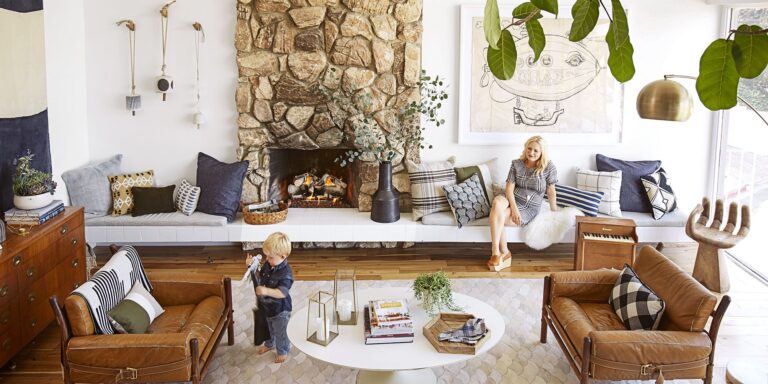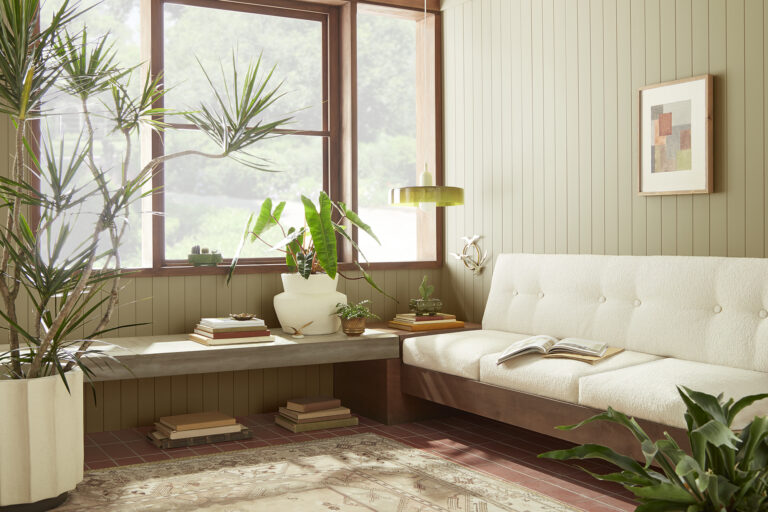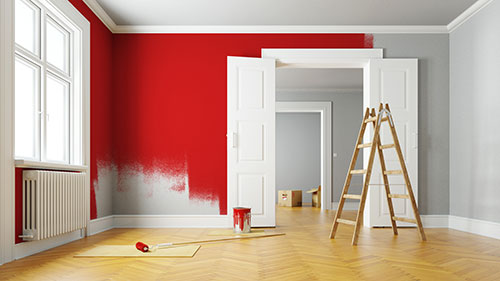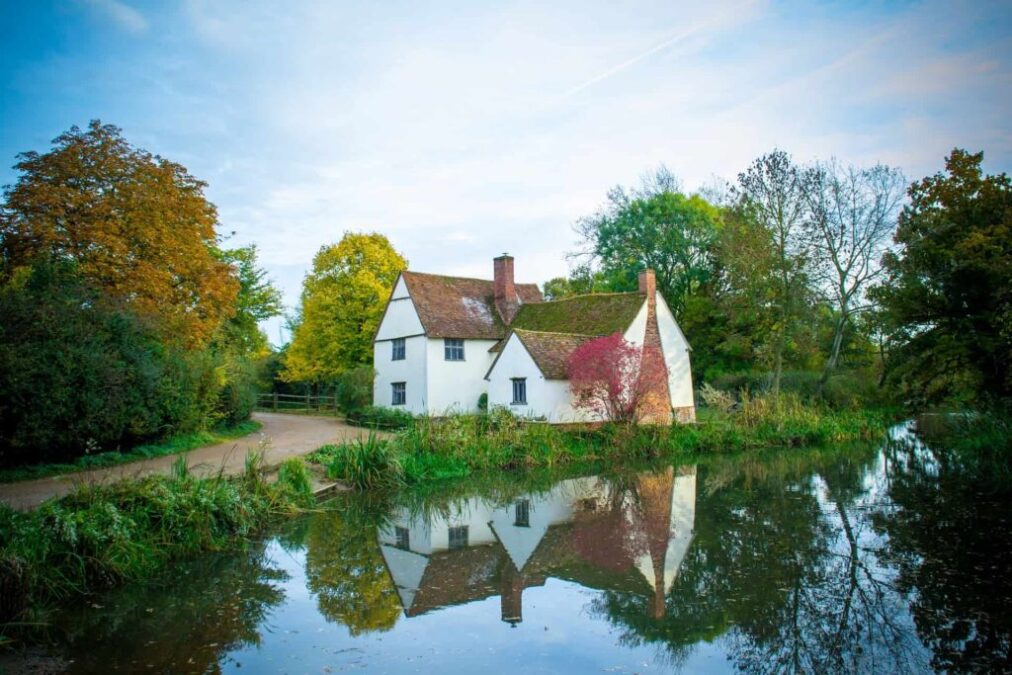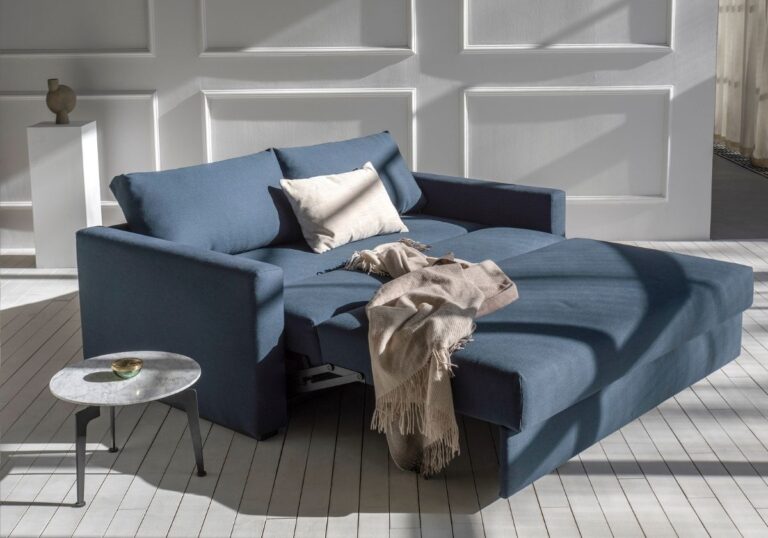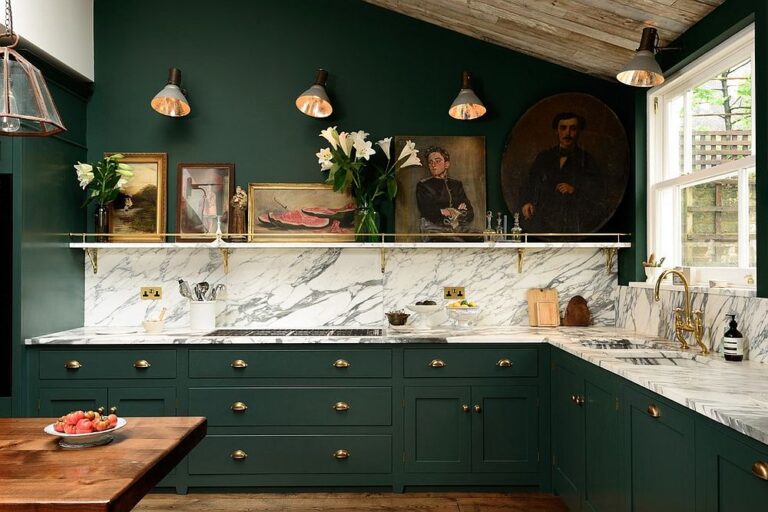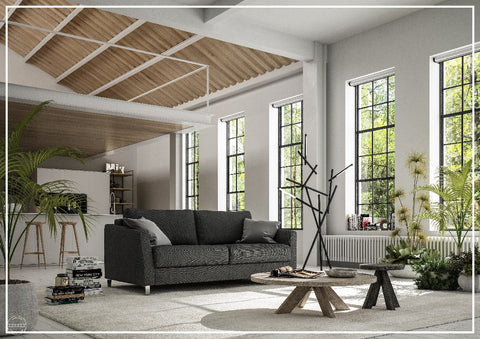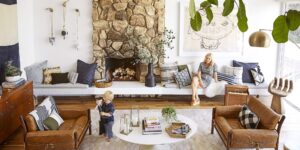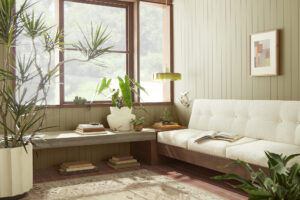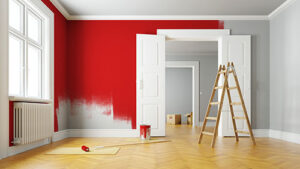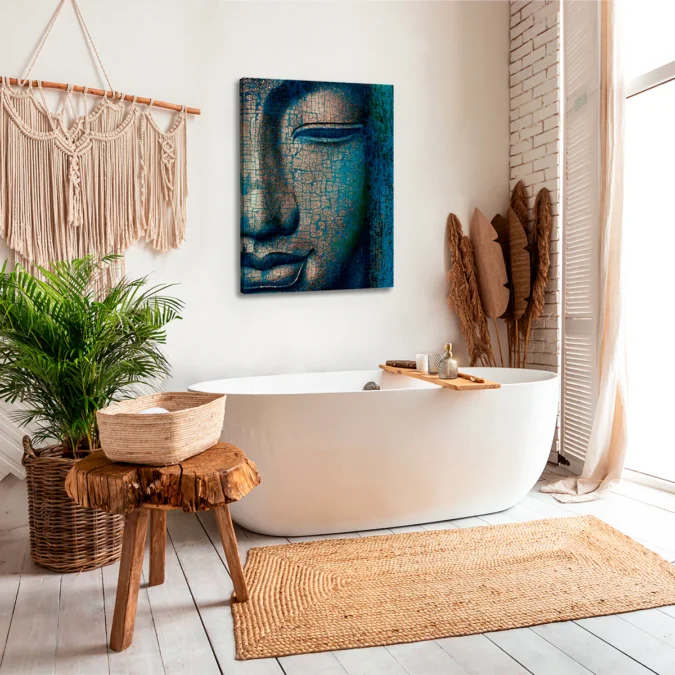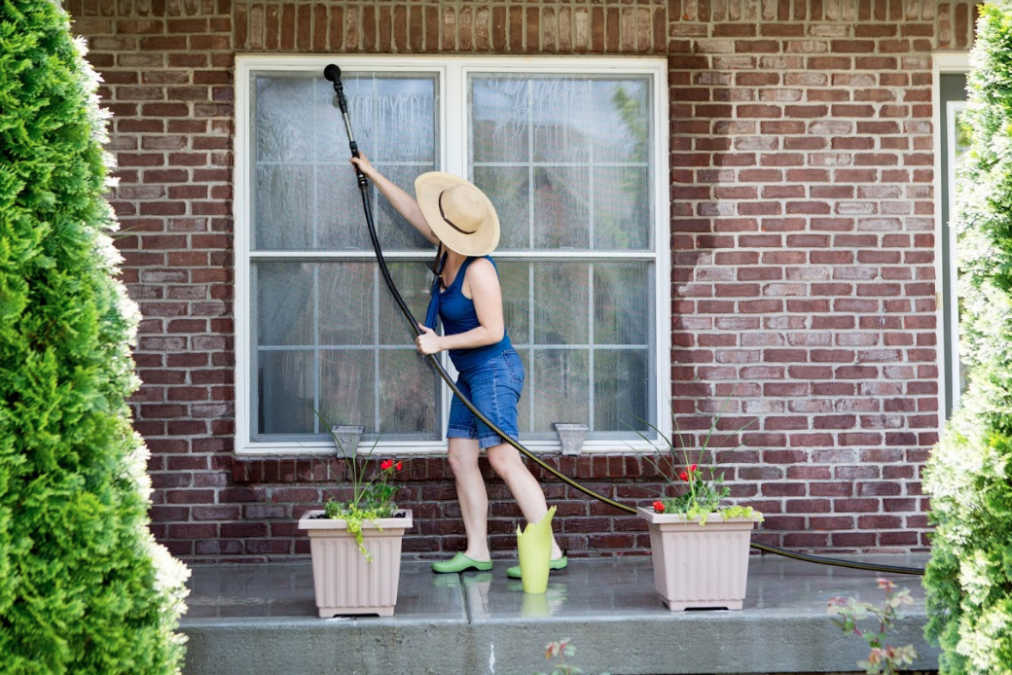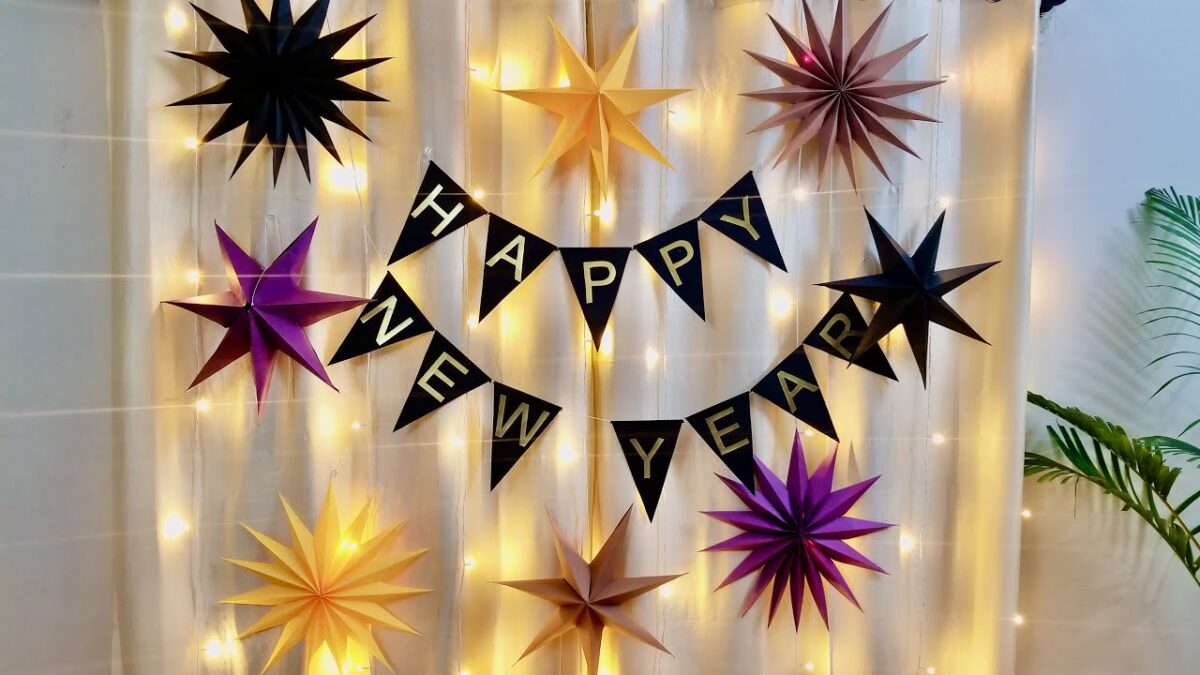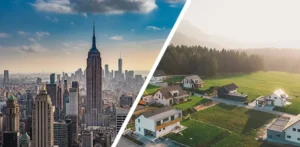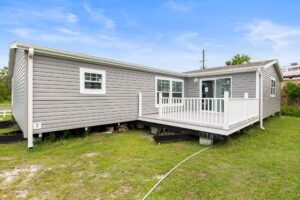Table of Contents
ToggleCottages have long been synonymous with charm, simplicity, and a cozy lifestyle. Whether nestled in the countryside, perched by the sea, or tucked away in a woodland setting, cottages evoke a sense of tranquility and timelessness. But what is a cottage exactly? This article delves into the essence of cottages, exploring their history, architectural features, cultural significance, and modern-day appeal. Whether you’re considering buying a cottage, dreaming of a cottage getaway, or simply curious about their enduring allure, this comprehensive guide will illuminate the multifaceted world of cottages.
Defining a Cottage: More Than Just a Small House
At its core, a cottage is a small, typically single-story dwelling, often characterized by its quaint and picturesque appearance. However, the definition of a cottage extends beyond mere size. Cottages are traditionally associated with rural or semi-rural settings, designed to blend harmoniously with their natural surroundings. They often feature architectural elements such as thatched roofs, wooden beams, and stone facades, contributing to their rustic and inviting aesthetic.
Historical Roots of the Cottage
The concept of the cottage has deep historical roots, with variations found across different cultures and regions. In medieval England, cottages were simple homes for peasants and laborers, constructed using readily available materials like wood, stone, and thatch. These early cottages were practical, designed to provide shelter and functionality for their inhabitants.
Over time, cottages evolved in both form and function. In the Victorian era, for example, the term “cottage” expanded to include more elaborate and decorative homes, often built as holiday retreats for the wealthy. This period saw the emergence of the “cottage revival,” a movement that romanticized rural living and inspired the construction of charming cottages with intricate details and larger spaces.
Architectural Features of Cottages
While cottages come in various styles, certain architectural features are commonly associated with these delightful dwellings:
- Thatched or Slate Roofs: Many traditional cottages feature thatched roofs made from straw or reeds, providing insulation and a distinctive appearance. In regions where thatch is less common, slate or shingle roofs are prevalent.
- Stone or Timber Facades: Cottages often utilize natural materials like stone and timber, enhancing their rustic charm. Stone cottages, for instance, showcase sturdy walls and a sense of permanence, while timber-framed cottages emphasize warmth and craftsmanship.
- Low-Pitched Roofs and Gables: The roofs of cottages are typically low-pitched, often adorned with gables or dormer windows that add character and visual interest.
- Chimneys and Fireplaces: Central to cottage living is the fireplace, serving as both a source of heat and a focal point for the interior. Prominent chimneys are a staple feature, symbolizing coziness and hearth-centered living.
- Narrow Windows and Shutters: Cottages frequently feature narrow, multi-paned windows with wooden shutters, contributing to their quaint and charming facade.
The Cultural Significance of Cottages
Cottages hold a special place in the cultural imagination, symbolizing simplicity, self-sufficiency, and a close connection to nature. They are often depicted in literature, art, and folklore as idyllic retreats from the hustle and bustle of urban life.
Cottages in Literature and Folklore
From the quaint hobbit holes in J.R.R. Tolkien’s “The Lord of the Rings” to the charming cottages in the Brothers Grimm fairy tales, cottages serve as iconic settings that evoke warmth and safety. These representations highlight the cottage as a sanctuary, a place where characters find solace, embark on adventures, or experience personal growth.
Cottages as Symbolic Spaces
Cottages also embody the ideal of a simpler, more sustainable lifestyle. In an era where environmental consciousness is increasingly important, cottages are often seen as models of eco-friendly living. Their design typically emphasizes natural materials, energy efficiency, and harmony with the surrounding landscape, aligning with contemporary values of sustainability and minimalism.
Modern-Day Cottages: A Blend of Tradition and Innovation
While cottages are steeped in tradition, they have also adapted to modern needs and preferences. Today’s cottages can range from traditional stone and timber homes to contemporary designs that incorporate modern amenities and sustainable technologies.
Contemporary Cottage Designs
Modern cottages often maintain the charming aesthetic of their traditional counterparts while integrating contemporary features such as open-plan layouts, large windows for natural light, and updated kitchen and bathroom facilities. Architects and homeowners blend the old with the new, preserving the timeless appeal of cottages while enhancing their functionality and comfort.
Sustainable Cottages
In line with the growing emphasis on sustainability, many modern cottages incorporate eco-friendly practices. This includes the use of renewable energy sources like solar panels, rainwater harvesting systems, and the installation of energy-efficient appliances. Sustainable cottages not only reduce environmental impact but also offer long-term cost savings and a healthier living environment.
Cottages as Vacation Homes and Retreats
Cottages continue to be popular as vacation homes and retreats, offering a peaceful escape from the demands of everyday life. Whether situated by a serene lake, amidst lush forests, or along picturesque coastlines, cottages provide a perfect setting for relaxation, recreation, and reconnecting with nature. The rise of remote work has also increased interest in cottages as primary residences, allowing individuals to enjoy the tranquility of cottage living while maintaining their professional commitments.
The Allure of Cottage Living
What makes cottages so appealing? Several factors contribute to the enduring charm and desirability of cottage living:
Connection to Nature
Cottages are typically surrounded by natural beauty, offering residents a direct connection to the outdoors. This proximity to nature fosters a sense of peace and well-being, encouraging activities such as gardening, hiking, and bird-watching.
Simplicity and Minimalism
The modest size and straightforward design of cottages promote a minimalist lifestyle. This simplicity can lead to reduced stress, lower maintenance requirements, and a greater appreciation for essential comforts and personal spaces.
Community and Tradition
Cottage communities often have a strong sense of camaraderie and shared traditions. Neighbors may engage in communal activities, local festivals, and seasonal celebrations, fostering a supportive and tight-knit community atmosphere.
Timeless Aesthetic
The timeless aesthetic of cottages appeals to those who appreciate classic design and craftsmanship. The enduring beauty of cottages, with their intricate details and harmonious proportions, transcends trends and remains perpetually attractive.
Owning a Cottage: Considerations and Benefits
For those considering owning a cottage, whether as a primary residence or a vacation home, several factors should be taken into account.
Location and Setting
Choosing the right location is crucial. Cottages can be found in diverse settings, each offering unique benefits. Coastal cottages provide stunning sea views and beach access, while countryside cottages offer expansive landscapes and agricultural charm. Urban cottages, though rarer, offer a blend of rustic charm within a city environment.
Maintenance and Upkeep
Cottages, especially older ones, may require regular maintenance to preserve their structural integrity and aesthetic appeal. This can include roof repairs, painting, and upkeep of gardens and outdoor spaces. Prospective owners should be prepared for the responsibilities that come with maintaining a cottage.
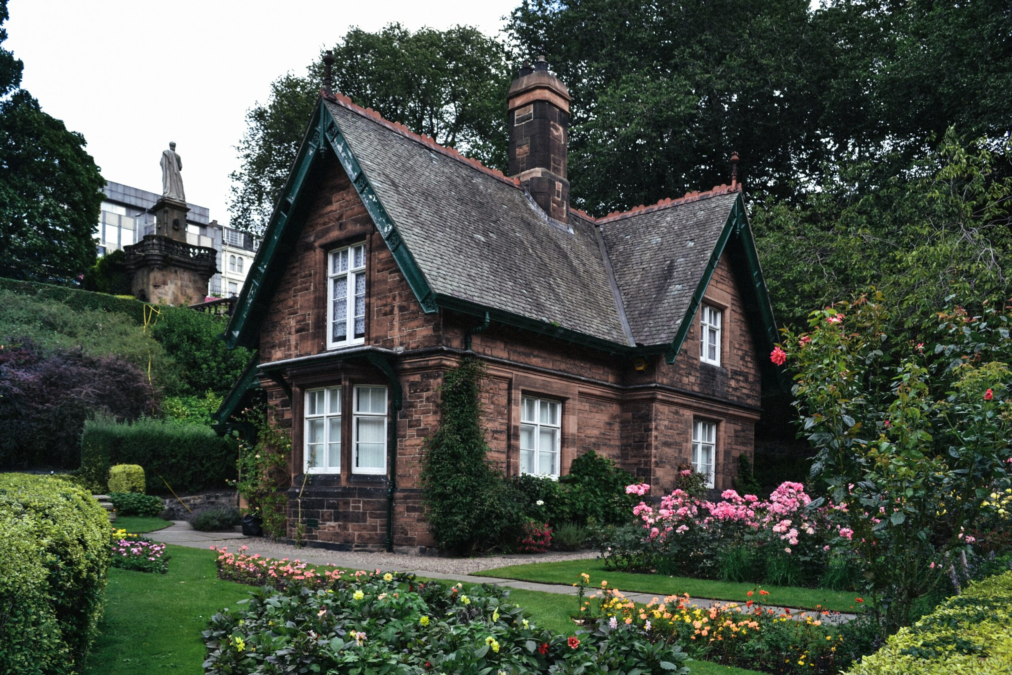
Financial Considerations
The cost of purchasing and maintaining a cottage can vary widely based on location, size, and condition. It’s essential to consider not only the initial purchase price but also ongoing expenses such as utilities, property taxes, and maintenance costs. Additionally, cottages in popular vacation areas may present opportunities for rental income, offsetting some of these costs.
Lifestyle Fit
Cottage living suits those who value tranquility, simplicity, and a close connection to nature. It may not be ideal for individuals who prefer the amenities and conveniences of urban living or who require easy access to extensive public services and infrastructure.
Designing Your Own Cottage: Tips and Inspirations
For those inspired to create their own cottage, whether through renovation or new construction, several design principles can help achieve the quintessential cottage feel.
Embrace Natural Materials
Incorporate natural materials such as wood, stone, and brick to enhance the rustic charm. Exposed wooden beams, stone fireplaces, and wooden flooring can create a warm and inviting interior.
Optimize for Light and Space
Cottages often feature large windows and open spaces to maximize natural light and create a sense of openness. Consider using light-colored walls, strategically placed mirrors, and glass doors to enhance brightness and spatial flow.
Focus on Comfort and Functionality
Prioritize comfortable, functional spaces that cater to your lifestyle. Cozy nooks, efficient kitchen layouts, and practical storage solutions are essential elements of cottage design.
Add Personal Touches
Incorporate personal touches and unique elements that reflect your personality and taste. Vintage furnishings, handmade décor, and bespoke architectural details can make your cottage feel truly yours.
Sustainable Practices
Integrate sustainable practices such as energy-efficient windows, solar panels, and eco-friendly insulation. These not only reduce environmental impact but also contribute to long-term cost savings and a healthier living environment.
The Future of Cottages: Trends and Innovations
As lifestyles evolve, so too do the trends and innovations surrounding cottages. The future of cottages lies in balancing traditional charm with modern advancements.
Smart Technology Integration
Incorporating smart home technologies can enhance the functionality and convenience of cottages. Automated lighting, heating systems, and security features can be seamlessly integrated without compromising the cottage’s aesthetic.
Adaptive Reuse and Preservation
Preserving historic cottages through adaptive reuse ensures that their cultural and architectural heritage is maintained. This approach allows old cottages to serve new purposes while retaining their original character.
Community-Oriented Developments
Future cottage developments may emphasize community-oriented designs, fostering connections among residents and promoting sustainable living practices. Shared gardens, communal spaces, and eco-friendly infrastructure can enhance the collective living experience.
Eco-Friendly Building Materials
Advancements in eco-friendly building materials will continue to influence cottage construction and renovation. Sustainable timber, recycled materials, and low-impact construction techniques will play a significant role in shaping the cottages of tomorrow.
Conclusion: The Enduring Appeal of Cottages
So, what is a cottage? Beyond being a small, charming dwelling, a cottage represents a lifestyle steeped in simplicity, nature, and timeless beauty. Whether viewed through the lens of history, architecture, or personal aspiration, cottages embody a harmonious blend of tradition and modernity. Their enduring appeal lies in their ability to provide a sanctuary from the complexities of contemporary life, offering a peaceful retreat where one can reconnect with nature, embrace minimalism, and enjoy the comforts of a cozy home.As we move forward, the cottage continues to inspire and adapt, evolving to meet the needs of modern living while preserving its quintessential charm. Whether you dream of owning a cottage, visiting one, or simply appreciating their beauty, cottages hold a special place in our collective imagination, reminding us of the enduring allure of simplicity and the timeless joy of a home that feels both inviting and uniquely personal.


